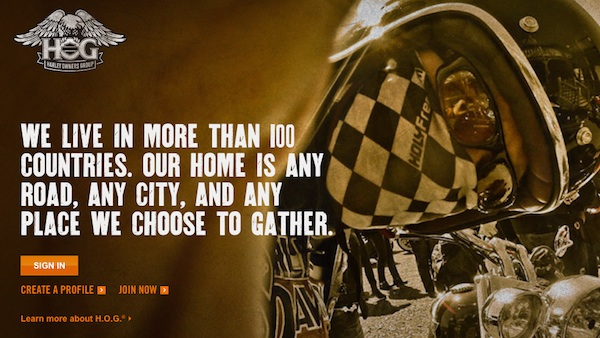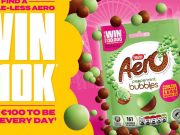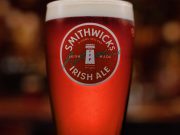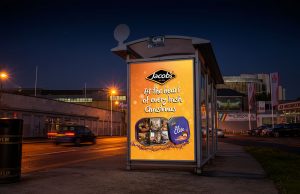 Brands that can build up meaningful communities with which they can engage, tend to perform a lot better than those that don’t, writes Sheena Horgan.
Brands that can build up meaningful communities with which they can engage, tend to perform a lot better than those that don’t, writes Sheena Horgan.
 We’ve become all-inclusive in the marketing world these days. We’re all about community. And “brand community,” as a term, has been resurrected in 2016. But for me the implication that this is a social marketing exercise is misplaced. For sure it can be built or sustained and developed in the social sphere, but its true merit lies in its potential as a business strategy and not just a channel marketing one.
We’ve become all-inclusive in the marketing world these days. We’re all about community. And “brand community,” as a term, has been resurrected in 2016. But for me the implication that this is a social marketing exercise is misplaced. For sure it can be built or sustained and developed in the social sphere, but its true merit lies in its potential as a business strategy and not just a channel marketing one.
There are a lot of rabbit holes you can go down when pursuing a brand community approach, not least the vanity of numbers. There’s been huge investment in building fanbases but the value of said numbers is still in question. Of course reach is understandably part of the journey, but it’s not the final destination, nor should it be. Reach in many regards is relatively easy. It’s the connecting that’s hard.
Some 95% of our decision making is fast, intuitive and emotional… we quickly click ‘follow’. But it’s the other 5% or less, of deliberate and deliberated decision making, that we really want to capture as marketers. This is the connective tipping point. Where engagement happens. Where meaning and purpose reign.
Heavy users can be defined as the 2% of a brand’s customer base that equates to 80% of the brand’s sales. These figures speak to the critical importance of getting the heavy user experience (HUX) right. This small percentage is effectively the marketing sweet spot – albeit one that is too often overlooked in favour of customer attrition and the pursuit of volume.
That’s not to say that this 2% are automatically our core advocates. Some may consume the brand in vast volumes but never actually spread the brand love to others. But what’s key is the potential if they did. So engaging with this group is arguably a healthier pursuit than trying to convert the masses into an alleged ‘fan’. Especially as only 6% of fans engage with a brand’s Facebook page (Comblu November 2012).
Integrity has fast become a prerequisite aspiration for today’s brands. It can be spoken easily, but to be grounded it must be lived. Consumers want to deal with brands with demonstrably shared values. Brands that listen, actively. So brands need to keep asking, checking and evolving their community activities. Nurturing your brand community of heavy users, however small, requires that you foster engagement at a number of levels. It’s about giving information that is of interest, and offers that reward. It’s about creating swag for advocates that they really value.
Communities by their nature are about sharing and brand communities must remain with the consumer rather than the brand at the core. Providing opportunities to share experiences, as well as to discuss and deliberate viewpoints, are what keeps members members.
A true brand community is not exclusively within the brand’s control. In an active community conflict happens, but rather than being supressed, it should be recognised as a catalyst for engagement and conversation. Effective communities are about common interests and shared values, not rigid replication of viewpoints. Brands must therefore be willing to relinquish control to remain part of the narrative, rather than be the whole story in itself. (An interesting case in point is Lugnet, the unofficial Lego brand community but a community that is openly recognised by the brand as being a value source of insight.)
This all comes back to building a brand community as a business strategy. One that is accommodated across the value chain of the brand organisation and not siloed as a marketing campaign. It therefore needs to have project longevity, robust investment, and multi-level metrics that review awareness, engagement, sentiment, repeat purchase and social chatter. It ultimately needs to be viewed as a living, valuable asset and be respected accordingly.
Quite a few well-known international brands have cottoned on to this. Think Harley Davidson, Sony Playstation, Oracle and the SAP Community Network (you can read more about them at http://goo.gl/nhCTYq).
So to close on one of the best examples of brand community as expressed in this article, consider My Starbucks Idea. Six years on, the community has given voice to literally hundreds of ideas that have not just been heard and acknowledged, but also been actioned by the brand. From energy tips in store, to menu additions and Starbucks music on Spotify, the brand has innovated and evolved in line with its staunchest advocates. And the knock-on effect of such an engaged community?
Continued growth and, of course, loyalty.
First published in Irish Marketing Journal (February 2015)© to order back issues please call 016611660


























